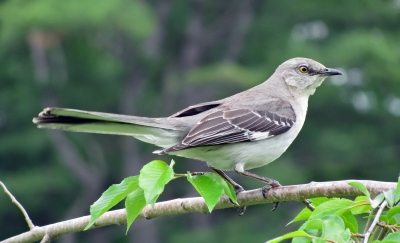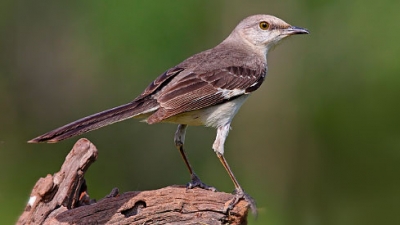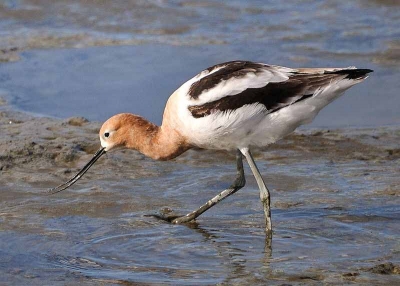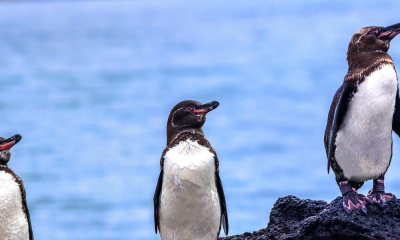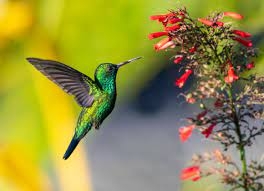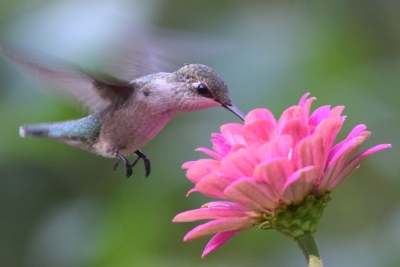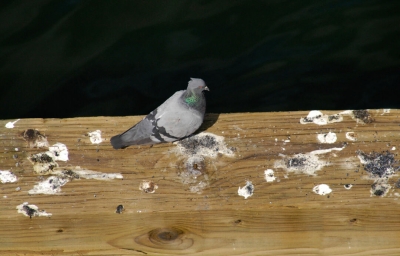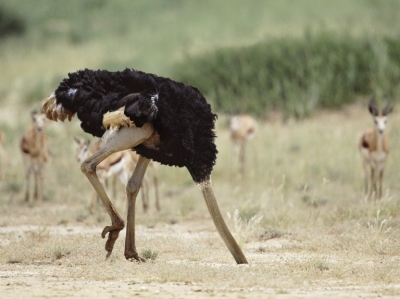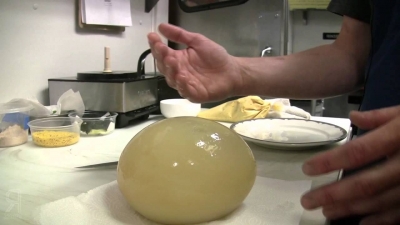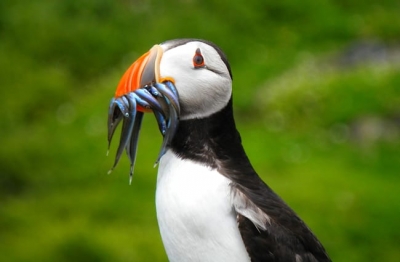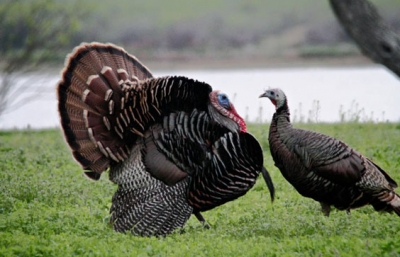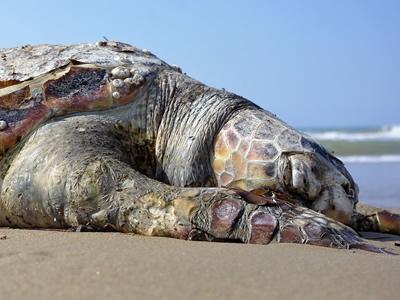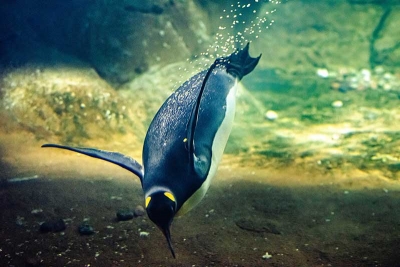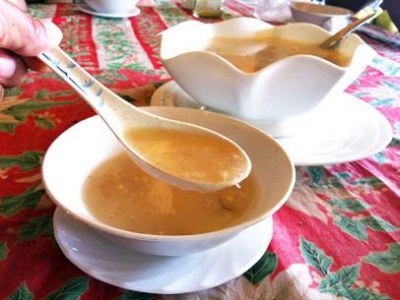What are the fun facts of vulture?
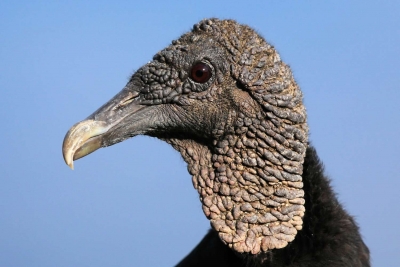
Vulture is a bird of prey. The Old World vultures include 15 living species native to Europe, Africa, and Asia; and New World vultures are restricted to North and South America. Most of the species have a bald head, and a neck devoid of feathers.
It has a strong, sharp and hooked beak and a long wingspan, which allows it to stay in flight for long periods of time, without flapping my wings. It scavenges on carrion and sometimes feeds on newborn and wounded animals. It can go without food for days and when it does find something to eat, it has its fill.
It has a throat pouch called a crop, which is used to store food to be consumed later or to feed young ones. It has strong stomach acid, which allows it to safely digest decaying carcasses.
It is a myth that vultures circle dying animals waiting to feed. These birds are powerful fliers and soar on thermals (columns of rising air) while they look for food, but they cannot sense when an animal is dying. When they locate a carcass by smell, sight, or the sound of other birds feeding, they approach it quickly before other predators find it.
Picture Credit : Google
